
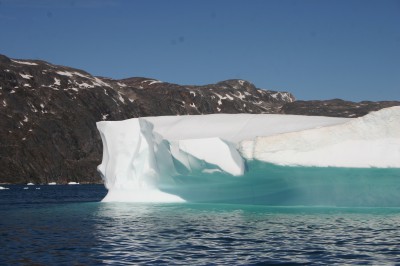
By now you
might have noticed that a trip to west Greenland involves seeing lots of ice. I
cannot get enough of these beautiful and fascinating icebergs. Many years ago,
on the northernmost tip of Newfoundland, I stood and watched a tiny iceberg
floating by in July. This was the first iceberg sighting in my life and I was
pretty excited to think that this was a chunk of ice that had spent about two
years making its way from the Arctic waters between Greenland and Baffin Island
before coming so far south that it had almost melted completely away. And now,
many years later, I am visiting the birthplace of all these icebergs! Pretty
cool, eh?

Anyway, on
my last day in Greenland I take a full day boat trip out to Eqi Glacier,
approximately 90 km north of Ilulissat. It is a very pleasant 6-7 hour
excursion to a glacier that is famous for its frequents calvings. In fact, it calves
twice as we lie in wait for a couple of hours with the boat’s motor turned off,
enjoying the silence and cold air.

Although we
are bobbing in the water 1.5 km away from the face of the enormous glacier, it
looks much closer. Huge lumps and slices of ice crumble and slide off the
glacier. Then comes the deep “boom” sound. And then come the waves. Really neat
stuff.
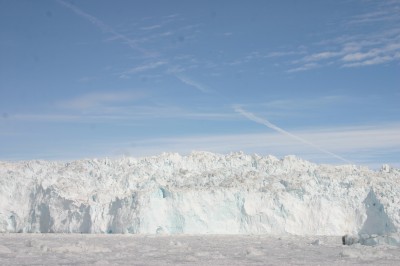
Eqi Glacier
is about 200 m high, of which only 30-180 m stick up above the water. It is
about 2.8 km wide.
Enough of
facts and figures. In this final Greenland travel blog entry I am including a
link to a YouTube video I made with help of my smartphone: Images of Greenland July
2017.
Otherwise,
I hope you enjoy the following photos of Greenland’s dogs, flowers, lichen-covered
rocks and midnight sun.
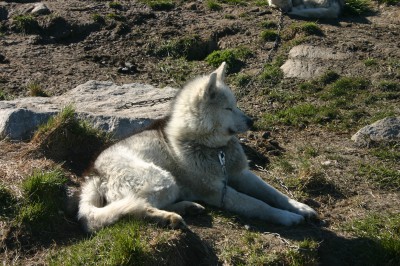





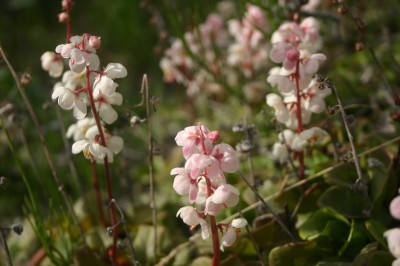

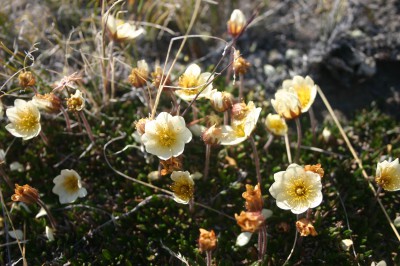
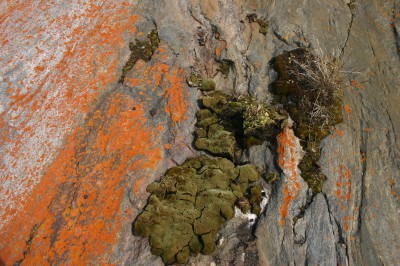

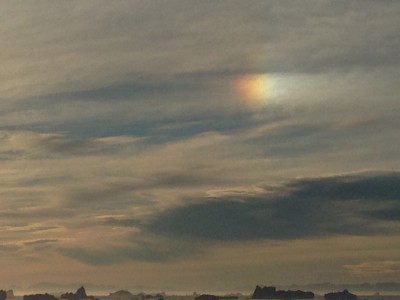




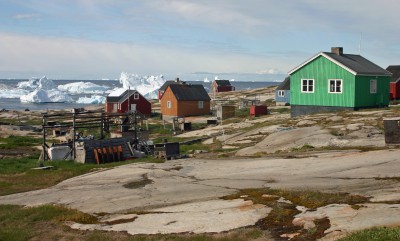
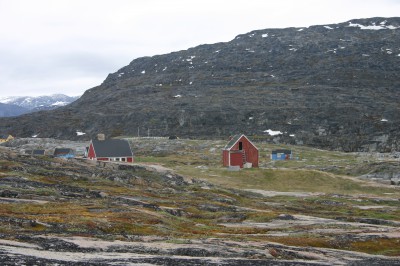
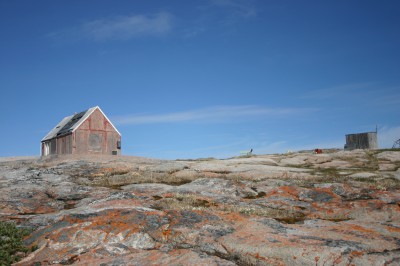
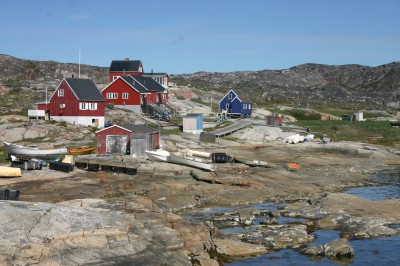


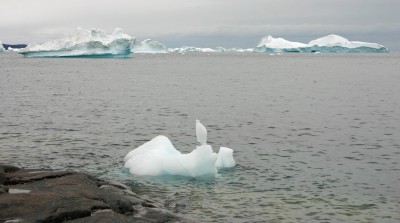




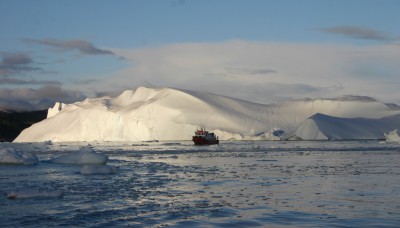
 My most
My most
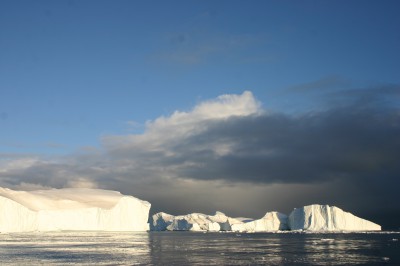 The boat is
The boat is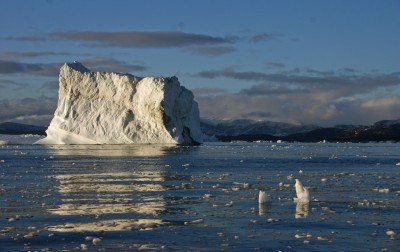 One of the crew fishes up a block of ice with an ancient history for us to touch:
One of the crew fishes up a block of ice with an ancient history for us to touch: 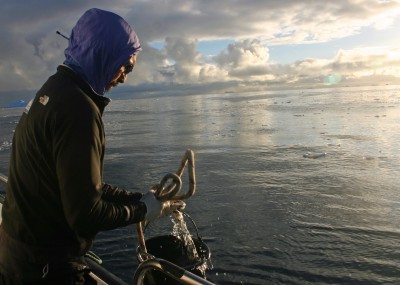
 The best thing of all is the light. Ominous dark snow clouds still hover in the sky while the midnight sun lends a warm glow to the icebergs and they take on many shades of white, grey, blue, turquoise and aquamarine.
The best thing of all is the light. Ominous dark snow clouds still hover in the sky while the midnight sun lends a warm glow to the icebergs and they take on many shades of white, grey, blue, turquoise and aquamarine. 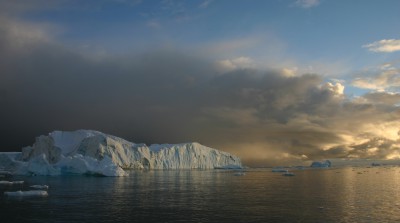 Once again it goes to prove that Mother Nature is the best artist. We humans can merely hope to copy, capture and let ourselves be inspired.
Once again it goes to prove that Mother Nature is the best artist. We humans can merely hope to copy, capture and let ourselves be inspired.
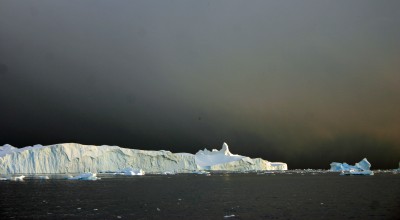

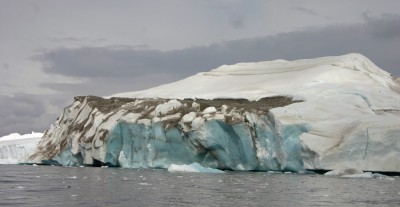

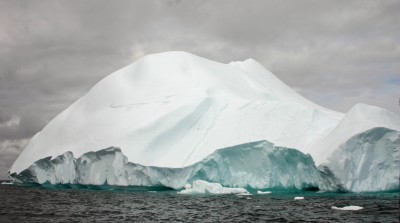
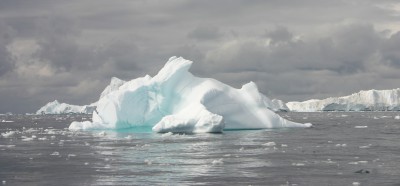 Her name is
Her name is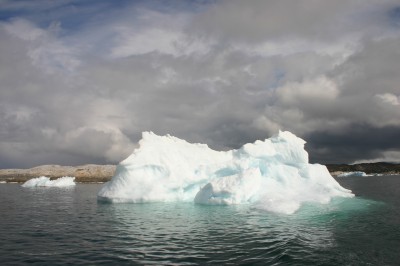
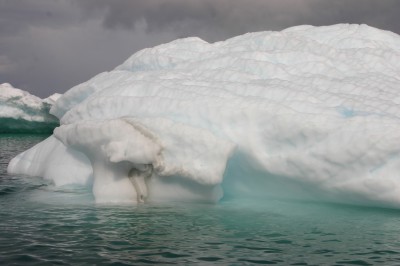

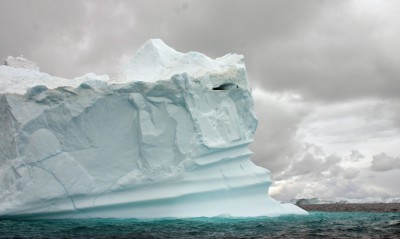
 Today my boat trip brings me to the tiny village of Iliminaq located south of Ilulissat. I sit outside on the small motorboat and enjoy views of the icebergs as we zip by. I snap unreasonable amounts of pictures.
Today my boat trip brings me to the tiny village of Iliminaq located south of Ilulissat. I sit outside on the small motorboat and enjoy views of the icebergs as we zip by. I snap unreasonable amounts of pictures. 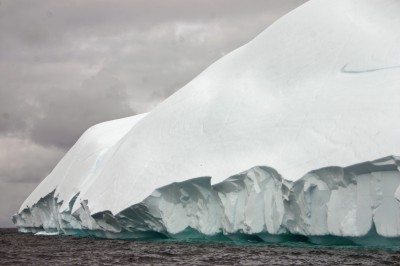
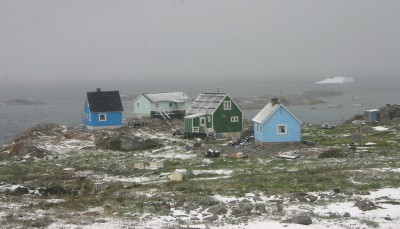
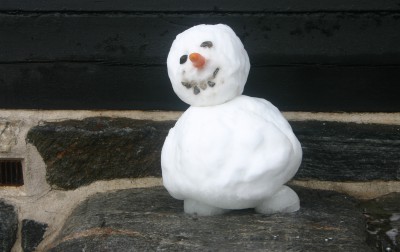
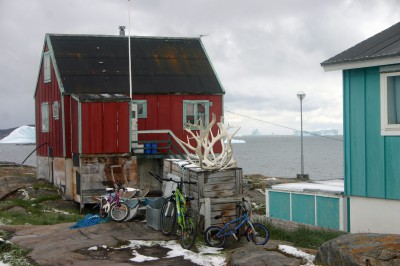
 Many of the rocks are covered with bright orange lichen:
Many of the rocks are covered with bright orange lichen: 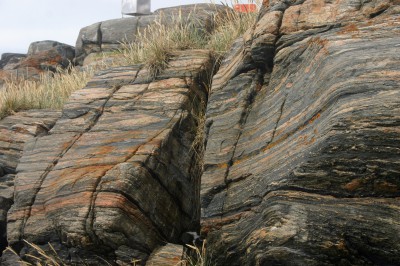 The main
The main

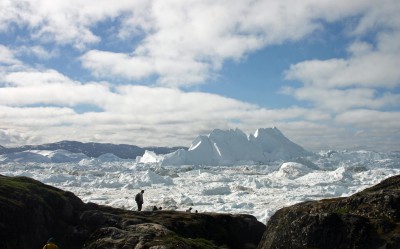
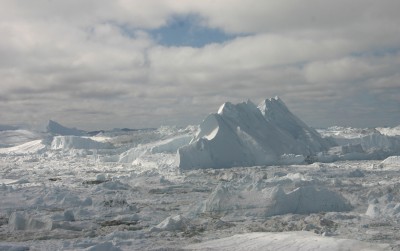
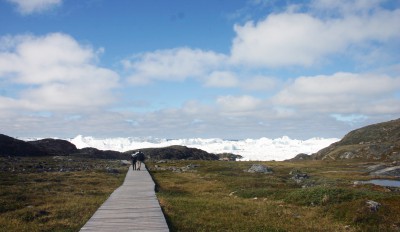 Fortunately,
Fortunately,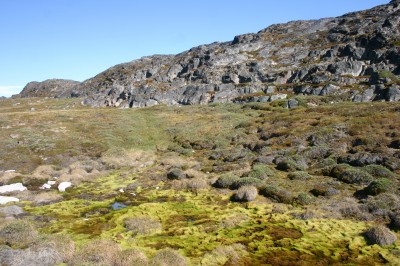


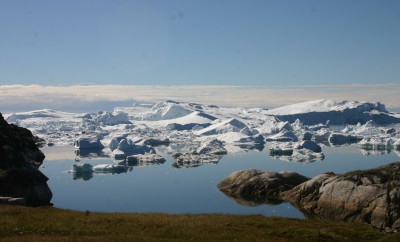

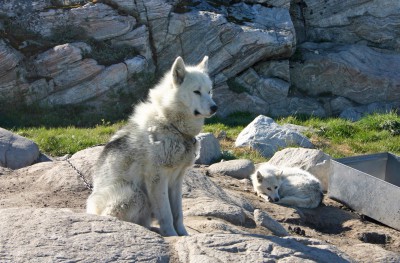

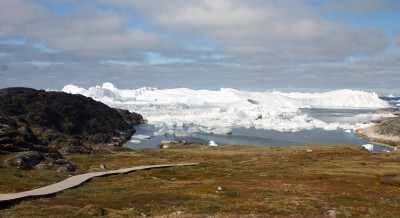
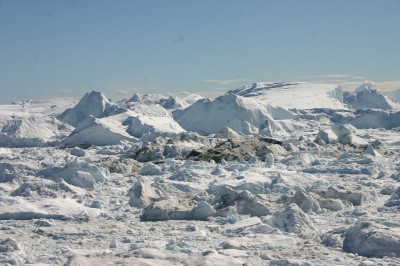 A hilly,
A hilly,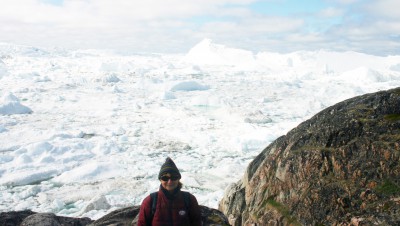 Here I am wearing my beloved Merino wool hat bought in New Zealand, my winter jacket bought in British Columbia and long underwear bought in Toronto.
Here I am wearing my beloved Merino wool hat bought in New Zealand, my winter jacket bought in British Columbia and long underwear bought in Toronto. 
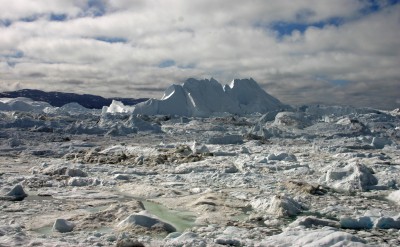



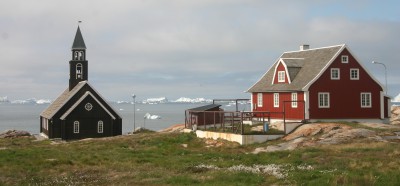

 This is what the fjord and the icebergs look like at midnight:
This is what the fjord and the icebergs look like at midnight: 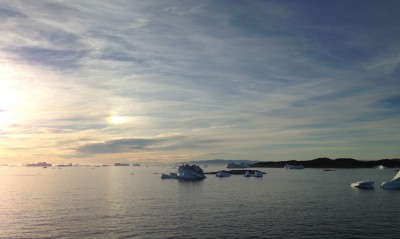


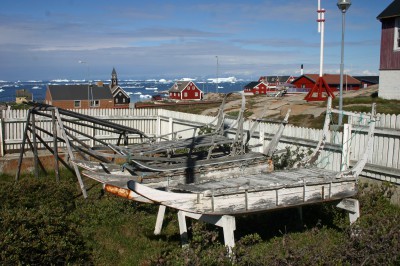 The museum also has a traditional peat hut, which is quite cosy inside:
The museum also has a traditional peat hut, which is quite cosy inside: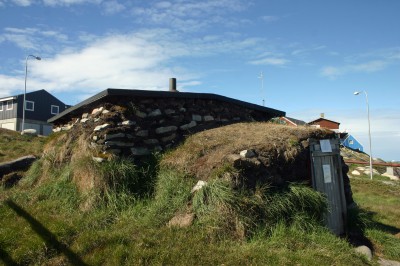
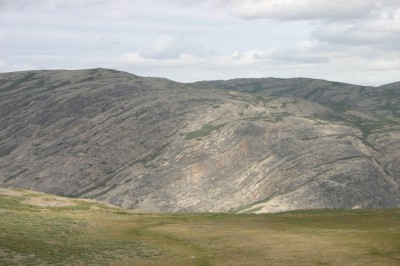 Every day the midnight sun makes a cursory dip towards the horizon like a plane tilting its wings in greeting to people on the ground before rising once more. It can therefore be challenging to sleep. It is like going to bed in the middle of the day. Nevertheless, I get used to it and try to maintain a regular sleep schedule.
Every day the midnight sun makes a cursory dip towards the horizon like a plane tilting its wings in greeting to people on the ground before rising once more. It can therefore be challenging to sleep. It is like going to bed in the middle of the day. Nevertheless, I get used to it and try to maintain a regular sleep schedule. 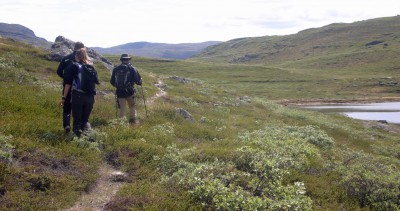 Today, I go on a hike in the hills a few kilometres away from Kangerlussuaq with a local guide and two other tourists from Denmark. We walk for hours in the mountains and at the end of the afternoon I feel like I have hiked 20 kilometres, although it was only 10.
Today, I go on a hike in the hills a few kilometres away from Kangerlussuaq with a local guide and two other tourists from Denmark. We walk for hours in the mountains and at the end of the afternoon I feel like I have hiked 20 kilometres, although it was only 10. 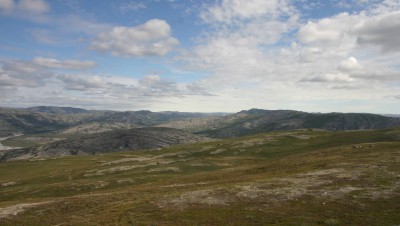
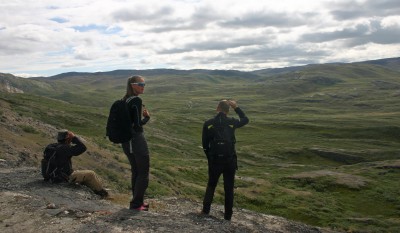 The air is
The air is
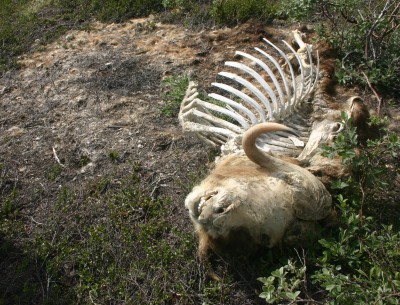 We stop for lunch on a hill overlooking lovely Lake Ferguson and eat homemade buns with homemade muskoxen liver pâté. Yum!
We stop for lunch on a hill overlooking lovely Lake Ferguson and eat homemade buns with homemade muskoxen liver pâté. Yum!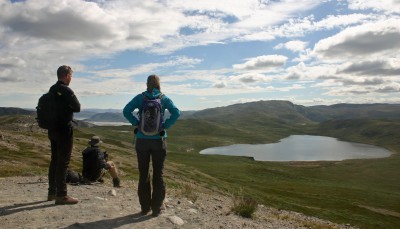 Not long after we resume our hike we spot a
Not long after we resume our hike we spot a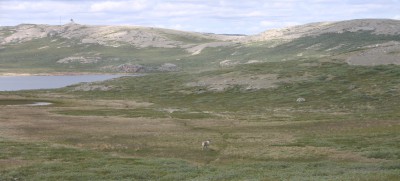
 Later on, we spot a solitary muskox grazing in
Later on, we spot a solitary muskox grazing in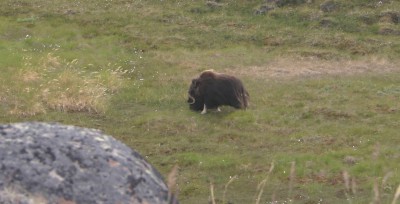

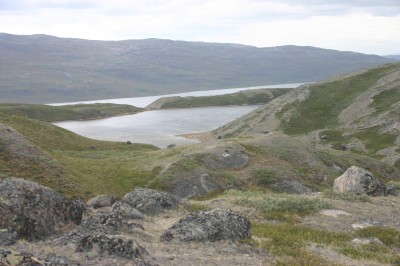 At the end of the afternoon, rosy-cheeked and exhausted from the abundance of fresh air and exercise, I part ways with the others in the group. They assure me that when I get to my next destination, Ilulissat, there are pretty amazing things in store for me – among others a UNESCO World Heritage Site.
At the end of the afternoon, rosy-cheeked and exhausted from the abundance of fresh air and exercise, I part ways with the others in the group. They assure me that when I get to my next destination, Ilulissat, there are pretty amazing things in store for me – among others a UNESCO World Heritage Site.